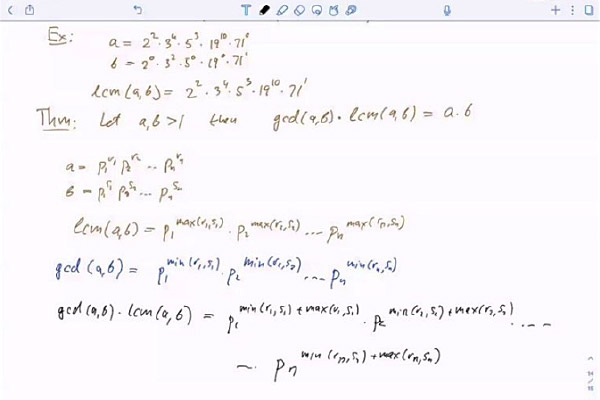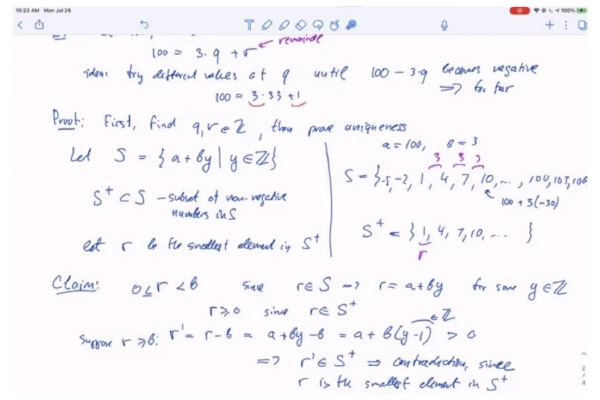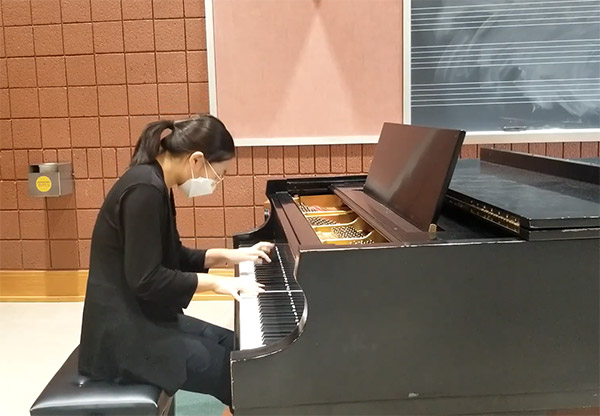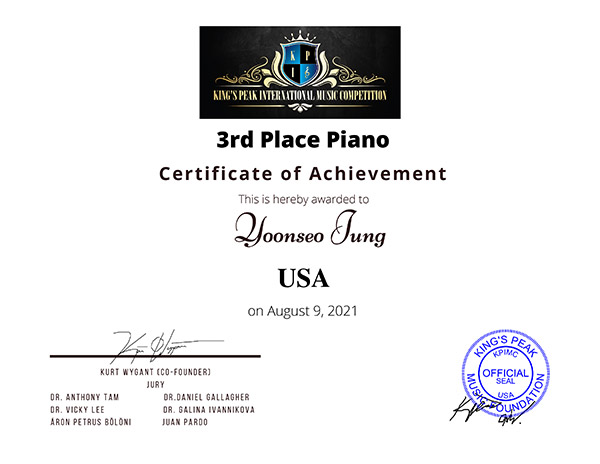Yoonseo Jung is enrolled in a Number Theory course at Stanford University. Students attend live class sessions via Zoom, then work on assignments solving rigorous math problems.
“In my first week of the Number Theory class at Stanford, I developed a deeper understanding of Number Theory and a newfound appreciation for this branch of mathematics. My teacher, Dr. Peter Koroteev, a professor in mathematics at UC Berkeley, presented a fantastic presentation for this rigorous course. His lessons made a difficult concept easier to understand, and he ensured that every student was consistently progressing when clarifying something new. Zoom was used for live instructions, and at the end of class, my fellow 10 students and I worked to create solutions to strenuous math problems. During the process, I was amazed at how brilliant and creative these students were,” Yoonseo exclaims!
During her first week, Yoonseo experienced a deeper knowledge of integers, prime numbers, and number sets, including how to use number theory in “real-world” applications.
“In modern cryptography and coding systems, number theory represents a principal role, as prime and composite numbers allow computing to be significantly quicker. In addition to computer arithmetic, number theory can identify errors in coding and generate random/quasi-random numbers, which can be highly advantageous when producing uniform samples of the hypercube (an n-dimensional analogue of a square and a cube),” Yoonseo explains.
“For the first week, this course has been quite challenging for me. Although math has always been one of my greatest passions, I have never encountered intense scrutiny of the different mathematical branches, such as number theory. It’s different from what I learn at school because the classes at CCHS only cover the substance of math concepts, while this course digs to the core and applications of those concepts. However, I am already acquiring plenty of knowledge that I envision to be helpful in the future, and I look forward to the second week of my class,” Yoonseo adds.
Yoonseo began her second and final week of the Number Theory course with a midterm exam on topics covered in the first week, such as: the Euclidean algorithm, cartesian products, and “real-world” applications of the greatest common divider. Later in the week, she learned about the Chinese Remainder Theorem, and the proofs that support it.
“Invented by Chinese mathematician Sun-tzu, the Chinese Remainder Theorem states that knowing the remainder of the Euclidean division of an integer “n” by several integers. Then, the unique remainder of the division of “n” by the product of these integers can be determined. We also dug deeper into encryption cryptography—specifically, how the knowledge of prime numbers’ properties can be utilized in encrypting messages. Not only that but all the information of everyday security can be encrypted immediately with this practical knowledge,” Yoonseo explains.
Yoonseo also participated in several “out-of-class” events. “I joined the Stanford Undergraduate Admission Talk, where I was familiarized with preparing essays for college applications. There was also a Talent Show, where more than 30 students submitted recordings of their astounding performances. Students played instruments, composed music, introduced their pets, and created digital artworks; I was absolutely stunned by the talents of these individuals. One submission that stood out to me, however, was a traditional Chinese paper-cutting of a swan. The end product was just so beautiful,” Yoonseo says.
“On the last day, a commencement ceremony was held to conclude the students’ time at Stanford. It was a bittersweet moment when the instructors opened up about how amazing they thought we students were and that they appreciated our hard work in dedicating time and effort to daily classes. I am genuinely grateful to my instructor, Dr. Peter Koroteev, for opening doors to new branches of mathematics and always being forbearing. Ultimately, I would like to express sincere gratitude to the Garwin Family Foundation for allowing me to take this excellent class of Number Theory at Stanford; it was an amazingly staggering experience,” Yoonseo adds.
In addition to being a math wizard, Yoonseo is an accomplished musician. She recently submitted a piano solo entry to the King’s Peak International Music Competition and earned 3rd place. In addition, Yoonseo won first place at the Charleston International Music Competition (see performance videos at right).
Excellent work, Yoonseo. We wish you much success in your future studies of both math and music!
>> Read Yoonseo Jung’s Final Report (PDF file, 66 KB).
>> Learn about other students’ experiences in the GFF Scholarship Program.







